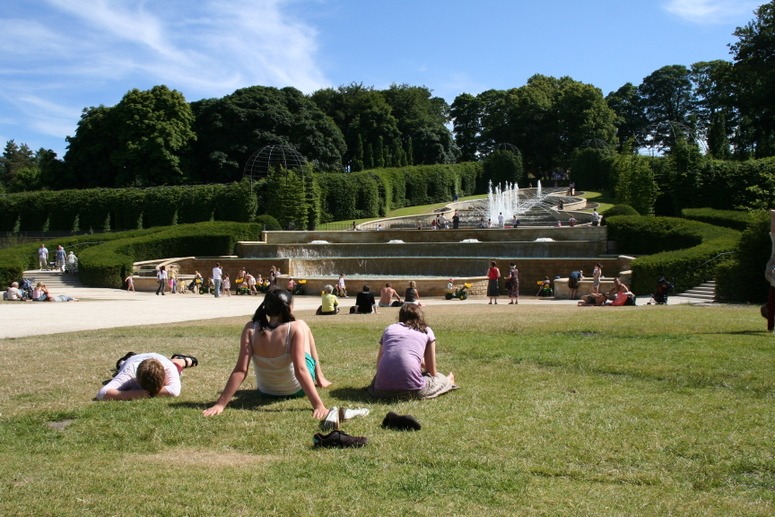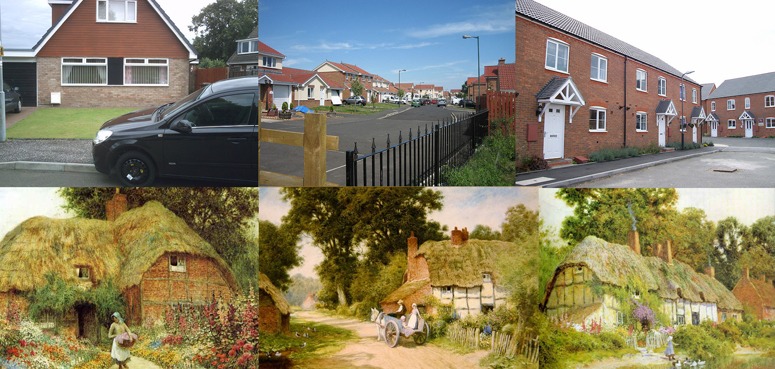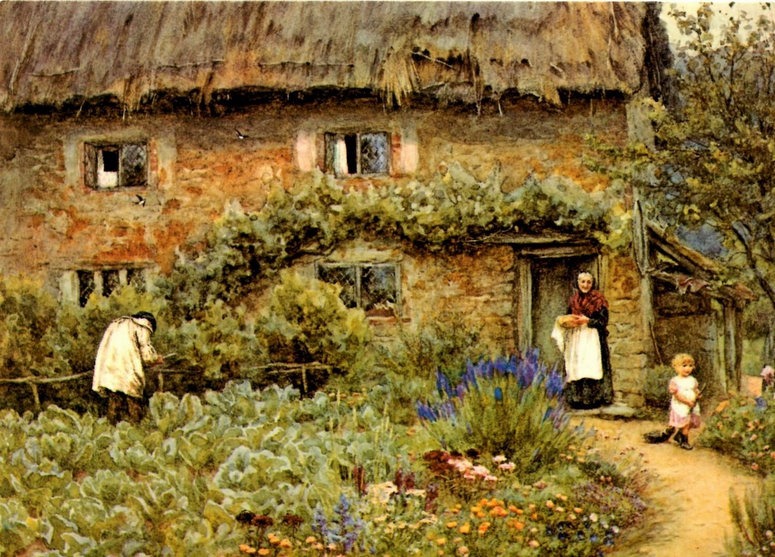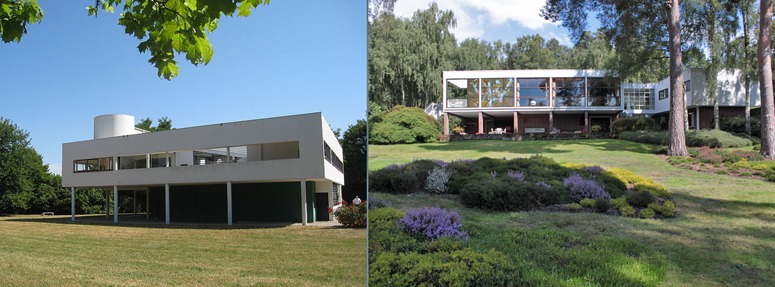My view is that Jacques Wirtz is a good designer but that most of the work was done by his sons. I believe one son holds a qualification in landscape architecture from what is now the Erasmushogeschool in Brussels, and was regarded as a weak student. The other son is an agricultural engineer. Caveat emptor. The Duchess made a big mistake in not appointing Tadao Ando, who was invited to Alnwick. Ian August’s book reports the conversation with Ando. He said ‘”I want to design this whole garden myself. In my opinion, there is no great garden designer alive today” – this sitting next to Jacques Wirtz – “and no great garden has been built in the last hundred years”. We sat, stunned. The insult to the Wirtzes was worse for being so casually delivered, but Ando seemed oblivious’. The simple truth is that Ando, who trained as a carpenter, not an architect, is a great designer and, with help, could have done a really great job. Instead of this, the Duchess has what might be a display garden for an upmarket garden centre and ‘leisure attraction’. The lesson is that a good client, when ‘stunned’ by a good designer, should pause for thought. A week’s meditation in a hotel designed by Tadao Ando might helped to concentrate her mind.
Category Archives: Garden Design
Housing landscape architecture and planning
Would you rather live in the top row houses or the lower row houses? The top row gives you central heating, indoor toilets and no rising damp, no earwigs and few spiders. The lower row gives you peace, beauty, calm and sustainability.
The obvious thought is ‘Why can’t I have both?’ Well, perhaps you can, and modernising the lower row would probably be easier than de-modernising the top row. I think something went terribly wrong with the system which lays out new housing estates in the UK. The architecture is mundane but liveable. The external landscape is ghastly: too much roadspace, too much wasted land, too much impermeability, too many planning regulations, too much ugliness, too much engineering, too little sustainability, too little landscape architecture, mouldy little strips of ‘garden’. We need a housing revolution. The vested interests which control the system should be treated better than middle eastern dictators, but overthrown. Though not innocent, I do not see the motor car as the villain of the piece.
Images of British housing estates courtesy of : lydiashiningbrightly dkohara jimmy_macdonald
Garden design for modernist architecture: Le Corbusier and Patrick Gwynne
Le Corbusier cared deeply about greenspace but liked to view if from afar and above. He was not an enthusiast for gardens, as can be seen from the Villa Savoye. It has an attractive roof terrace but is plain old grass at ground level. Many of Corb’s British admirers shared his views and gave little attention to gardens. Patrick Gwynne was a notable exception. The Homewood was designed shortly before the Second World War and its garden was dug up during the war to make space for growing vegetables. This would have made it easy for Gwynne to lay a Corbusian lawn but, over the many years he enjoyed his beautiful house, Gwynne gave much attention to making what is best described as a classic example of the Gardenesque Style. From a theoretical standpoint, it does not seem the right thing to have done. But which of them to you think had the ‘correct’ attitude to gardens? And which house would you rather live in?
What should be done with the Gadaffi Golden Fist Crushing American Jet Statue from his Tripoli compound?
So my suggestion is to place Gadaffi’s Golden Fist American Jet Statue in a garden, to show it is harmless, and to treat it as a rejected toy viewed by frightened children. They would be adult-size plastic scultpures, to symbolise the fact that dictators are plastic-ey overgrown kids. Other ideas welcome.
Garden image courtesy susan402
Make it extraordinary
What makes the setting of a town extraordinary? What makes a development extraordinary? What makes a garden extraordinary?
Is it the subtlety of colour? Is it the unexpected? Strong formal qualities? A sense of fun? Or a location to die for?
Or the delight of the whimsical? Or recognition of the familiar?
Just what is the X-factor that makes a design extraordinary?







